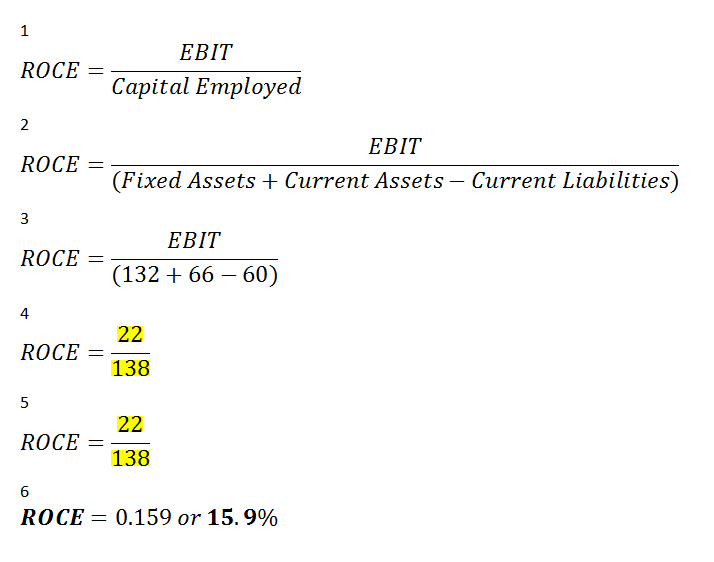My goal today is to remember and understand the following:
Active Bond Strategies
Anomaly Switching
Switching between two similar bonds from the most expensive to the cheapest. The analyst will be looking at the coupon rate and price of the bond. The Gross Redemption Yield could be used to calculate an anomaly, but I expect the analysis goes much deeper.
Policy Switching
Switching between similar bonds where the duration/maturity date is from high to low and vice versa. This strategy would be used when the interest rate is speculated to be suddenly lowered, or raised.
Intermarket Spread Switch
When the difference of yield between the Gilt and Corporate Bond market instruments are of better value, the holder will switch from one to the other effectively switching markets. Remembering that Corporate Bonds are considered more risky than Gilts, an event may occur which will alter the risk appetite of investors. The investors may favour the riskier instrument and switch over, if the yields are right.
Passive Bond Strategies
Immunisation
Basically means the bond portfolio is immune to future interest rate fluctuations. Immunisation can be performed by the following strategies:
Duration-Based
Purchasing a bond at a price and maturity which matches the Present Value of the liability.
Cash Matching
When the redemption payment and coupon cashflows meet the cash liabilities which are required to be met by the business. This would be one of the most basic operations in a treasury department within a small company if they were holding Bonds purely to manage expected cashflows.

















